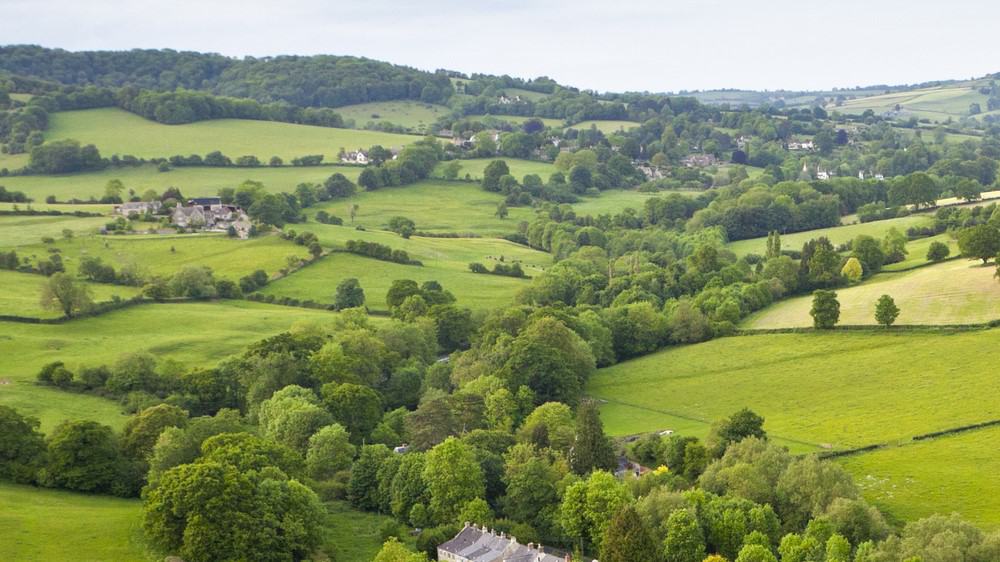If you are looking to develop a particular property in a flood zone, the National Planning Policy Framework (NPPF) requires a flood risk assessment. Generally, this assessment ensures that your development is safe and doesn’t create flood risks for others.
Furthermore, it might be worth noting that without a flood risk assessment, your planning application may be denied. Here’s what you need to know about flood risk assessments.
[top_pitch]
Should you invest £1,000 in Aviva right now?
When investing expert Mark Rogers has a stock tip, it can pay to listen. After all, the flagship Motley Fool Share Advisor newsletter he has run for nearly a decade has provided thousands of paying members with top stock recommendations from the UK and US markets. And right now, Mark thinks there are 6 standout stocks that investors should consider buying. Want to see if Aviva made the list?
Why do I need a flood risk assessment?
A planning application a way of seeking legal permission for your development to go ahead. It should be accompanied by reports that indicate your development doesn’t pose risks to your project or the surroundings.
One of these risks is flooding. Flooding may be caused by a river, groundwater, a sewer, surface water or coastal water. Such flooding could cause property loss, expensive property damage and loss of investment.
If your development is located in a flood zone, a flood risk assessment (FRA), is required. It evaluates developments to assess them against flood risk.
If you fail to attach a flood risk assessment to your planning application, the chances are high that it will be denied, especially if your development project is in a flood zone.
What is a strategic flood risk assessment?
A strategic flood risk assessment (SFRA) reviews flood risks in a specific locality.
The NPPF requires local authorities to identify risks from all flooding sources. This includes the impact of developments and climate change on flood risk as well. Additionally, local authorities are required to identify opportunities to minimise the causes and impacts of flooding.
An SFRA can be beneficial to you if you are planning developments in a particular locality. It helps you make the right planning decisions concerning your development and flood risk management features and structures.
[middle_pitch]
How long does a flood risk assessment take?
An FRA typically takes somewhere between 20 days and a month. The following factors could affect the time needed:
- The amount of time the Environment Agency takes to respond to your queries
- Additional test requirements
- The nature and size of your development
- The flood zone your development is located in
It might be worth noting that members of the public can perform an FRA by following the guide on the gov.uk website. This can be challenging without some prior knowledge or experience.
Reputable FRA companies can make things easier. They can help you save time and money and avoid coming across problems that might stall your development project.
The flood risk assessment process
When you hire an FRA company, it will most likely take the following steps:
- Review your development plans.
- Contact the Environment Agency and local planning authority for information and data about flood risks in your area.
- Check where your development lies on the Environment Agency’s flood map.
- Check whether sequential and exception tests are needed.
- Assess flood risks from all sources of flooding, including climate change allowances.
- Identify the flood levels of your development.
- Create flood resistance and resilience plans.
- Put together a comprehensive and high-quality FRA report.
How much does a flood risk assessment cost?
Most reputable flood risk consultancies claim that it is not possible to give a fixed or standard cost. This is most likely true considering development projects differ in design, location and how much information is readily available.
That is to say, the more complex development projects are and the harder it is to come by data, the higher the FRA cost. Likewise, if your development project is simple and the required data is easy to come by, expect lower FRA costs. So, if you come across some flood risk companies quoting a standard fee, it might be wise to tread lightly.
Moreover, reputable flood risk consultancies do warn us that the quality of FRAs differs. They recommend hiring a reputable flood risk company to ensure your planning application does not get denied.







